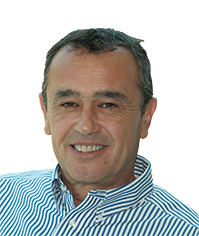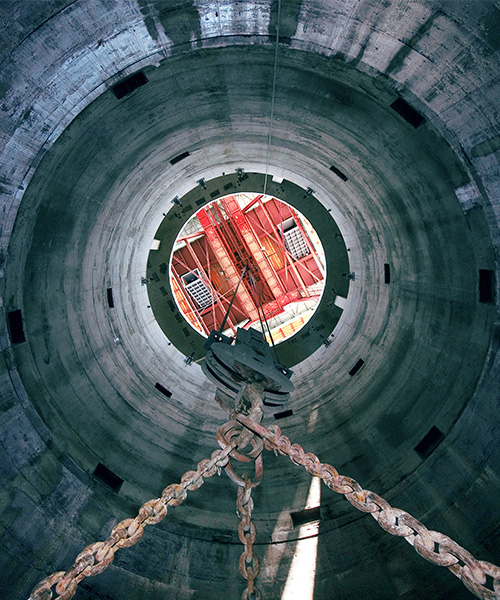Manuel Olivares
Hydrometallurgical Study Manager
“Over the next decade, I expect leaching technologies to be an integral part of the copper mining process around the world. Particularly as demand increases on the journey to net zero.”

Based in our Santiago office in Chile, Manuel has built a career in copper leaching spanning three decades.
“My career started in a small engineering company making procedures for a copper dump bioleaching plant, a new technology at the time. From there, I was involved in the design and operation for many pilot and demonstrative plants, all considered new copper leach technologies.”
Manuel joined Worley in 2006 as a Principal Process Engineer.
“Back then I was involved in developing copper leaching studies for large and complex projects. Not just in Chile, but around the world. And they weren’t always strictly technology focused,” he says.
“Now, many years later, I’m enjoying using my experience and expertise to lead study and projects teams to develop the designs for new and innovative technologies in copper leaching.”
Why copper leaching is important
As Manuel explains, new technologies in copper sulphide leaching are important because they can improve the efficiency and sustainability of copper extraction.
“Copper leaching is an ancient process,” he says. “But the novel part today is that new technologies to dissolve primary copper sulphides are becoming increasingly attractive as ore grades decline.
“Sulphide copper leaching in particular has a renewed focus in the industry. This process consumes less water, removes the need for tailings dams, achieves a metallic copper product, and allows the use of solvent extraction and electrowinning (SX-EW) installed capacity. These factors can make copper mining a more environmentally responsible process.”
The future of copper mining
Copper demand is increasing quickly. But most traditional mining processes don’t align with decarbonization targets.
“There’s a common misconception that in mining, we’re not paying enough attention to more sustainable processes to obtain copper,” says Manuel. “And that we’re too focused on traditional methods, to meet demand quickly.
“But that’s simply not true. We’re working with our customers and partners to incorporate new leaching technologies like bioleach, chloride leach, new reagents leachers and catalysts. This helps them unlock low grade resources and increase business value, while making their operations more sustainable.
“Over the next decade, I expect leaching technologies to be an integral part of the copper mining process around the world. Particularly, as demand continues to increase on the journey to net zero.”






